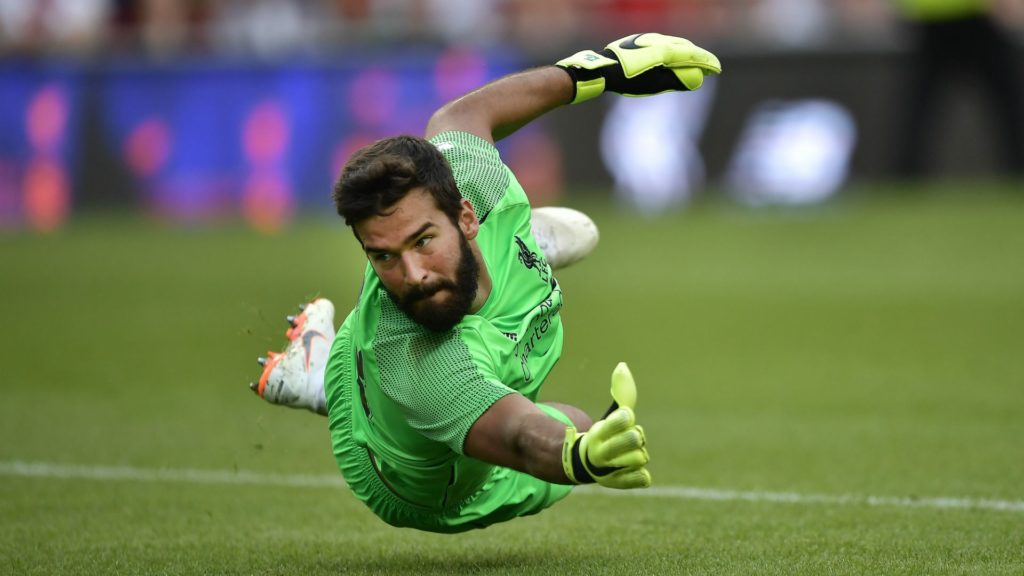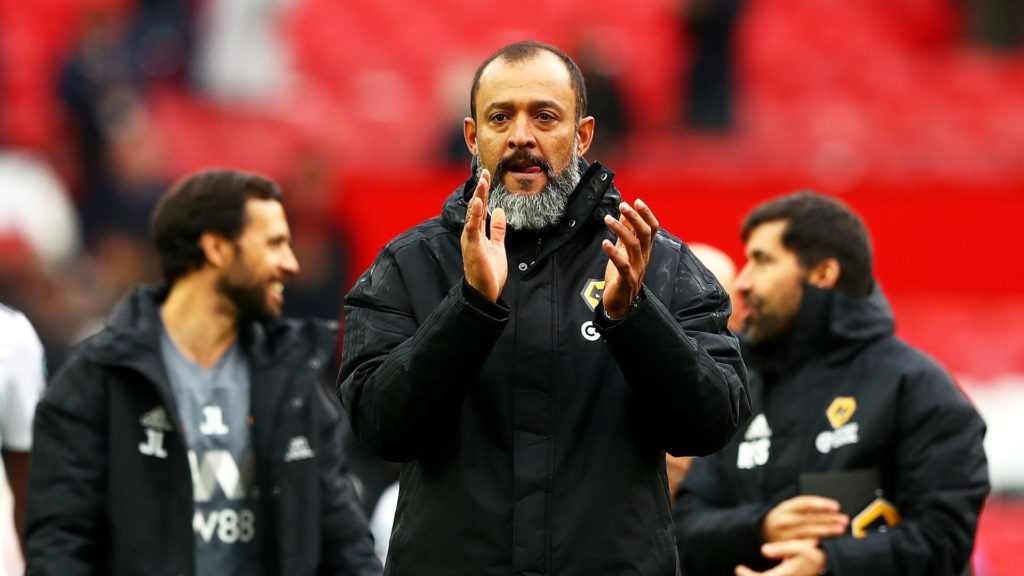The box midfield is the biggest tactical trend of the 2023/24 season. Managerial tweaks are nothing new. But why are managers opting for this now? And what will it mean for your fantasy football selection?
What’s a box midfield?
“Box midfield” is a term that football must’ve heard a lot recently. Many high-profile teams are using this type of formation. And top clubs are even purchasing top talent that will be able to play in this position (see Dominik Szoboszlai’s recent transfer). But what is it exactly?
Simply put, the box midfield involves four central midfielders, usually two attacking midfielders and two defensive midfielders, playing together in a square shape. Why? This is used primarily to control possession in the central areas of the pitch.
Ideally, it means that teams utilizing the ox midfield can quickly advance the ball through the middle and into dangerous areas. However, this is also a way to capitalize on vulnerabilities and hide one’s own.
The box midfield should offer superiority against teams that play with three central midfielders. Most teams in competitions like the Premier League or the Champions League have used a variation of the 4-3-3 across recent seasons.
The box midfield is typically used in a 3-4-2-1 or 4-2-2-2 formation. It is also used to disguise the team’s own vulnerabilities. For example, when Trent-Alexander Arnold’s defensive blunders started putting Liverpool at risk, Jurgen Klopp moved him into a midfielder role as part of a box midfield.
This means, however, that the team using this setup must either have a player compensating for the switch of the full-back to the role of a midfielder or must sacrifice some of their width.
With a box midfield, scoring opportunities should come from the middle of the pitch. Goals from crosses are merely a rare, pleasant surprise when they are scored by the team using this system.
What teams are using a box midfield?
The box midfield system has been recently used, mainly by teams looking for innovative ways to break down their opponents.
This is because the box midfield doesn’t only suggest teams will be able to dominate the centre of the pitch. The system also allows players into half-spaces.
Like the use of the False 9, this puts the opposition’s defence in the challenging position of choosing between sitting deep and conceding control or pressing the opposition and potentially create space for the opposition.
Liverpool has famously used the box midfield to counteract some of their recent issues related to squad absences and to Trent-Alexander Arnold’s defensive vulnerabilities.
Jurgen Klopp also reaps the benefits of adjusting the game’s tempo, with Liverpool not yet ready to press with as much intensity as they once did. It also means that Alexander-Arnold‘s playmaking skills are further utilized.
Aston Villa, who registered very good results last season under Unai Emery, have used a similar approach. By overloading the centre of the pitch and having the team’s fullbacks, Matty Cash and Lucas Digne, push high up; they can create superiority in all areas but the team’s own defence.
Manchester City’s Pep Guardiola experimented with a similar approach last season. This allowed the technical and mobile defender, John Stones, to join a box midfield shape and assist in positional play.
Even Mikel Arteta has opted for a similar solution when deploying Oleksandr Zinchenko or Thomas Partey in a box midfielder role in order to flesh out a box midfield. During their sort stints in the EPL as managers, Frank Lampard and Steven Gerrard have also sought to implement this style.
Disadvantages of a box midfield
The problem with using a box midfield, of course, is that it lends itself to small width. Technically proficient teams that like to use wide players could easily take advantage of their opponents using a box midfield.
Furthermore, the box midfield relies heavily on the use of wing-backs. In a 4-2-2-2, they’ll be relied on to patrol the wide areas with little support from wingers.
And when playing with a three-man defence, they’ll need to cover further ground and quickly get into defensive shape.
Even if it is not as immediately demanding physically as other formations, the box midfield can invite errors and will stretch players’ technical abilities to their limit.
Will it impact fantasy football?
This trend does impact fantasy football, especially in FootballCoin. Take Trent-Alexander Arnold, for example. As one of the most prized players in fantasy football, the Liverpool player could be relied on to provide make tackles, cross the ball and turn these into assists.
But Alexander-Arnold will see more of the ball now. The four midfielders try to control the tempo of the game. They try to make direct passes. And, when they fail, defenders will scramble to avoid goal-conceding scenarios.
The FootballCoin scoring system confirms all of this. More positive actions on the pitch translate to more points.
All of these will naturally impact fantasy football scores. It’s up to each manager to make the best choices to ensure their team selection suits these exciting tactical trends.














